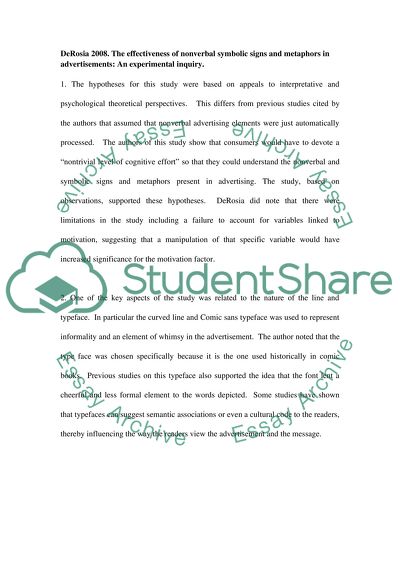Cite this document
(“Literature analysis: Hasler, Kersten and Sweller 2007 - Learner Essay”, n.d.)
Literature analysis: Hasler, Kersten and Sweller 2007 - Learner Essay. Retrieved from https://studentshare.org/education/1432910-principles-statements
Literature analysis: Hasler, Kersten and Sweller 2007 - Learner Essay. Retrieved from https://studentshare.org/education/1432910-principles-statements
(Literature Analysis: Hasler, Kersten and Sweller 2007 - Learner Essay)
Literature Analysis: Hasler, Kersten and Sweller 2007 - Learner Essay. https://studentshare.org/education/1432910-principles-statements.
Literature Analysis: Hasler, Kersten and Sweller 2007 - Learner Essay. https://studentshare.org/education/1432910-principles-statements.
“Literature Analysis: Hasler, Kersten and Sweller 2007 - Learner Essay”, n.d. https://studentshare.org/education/1432910-principles-statements.


